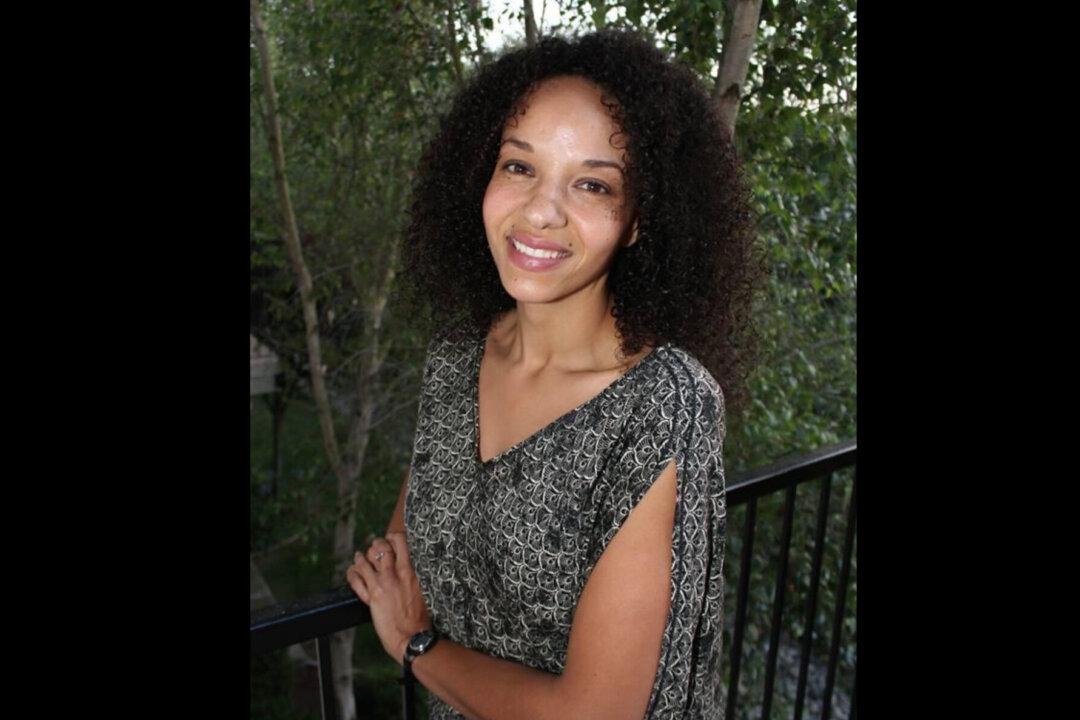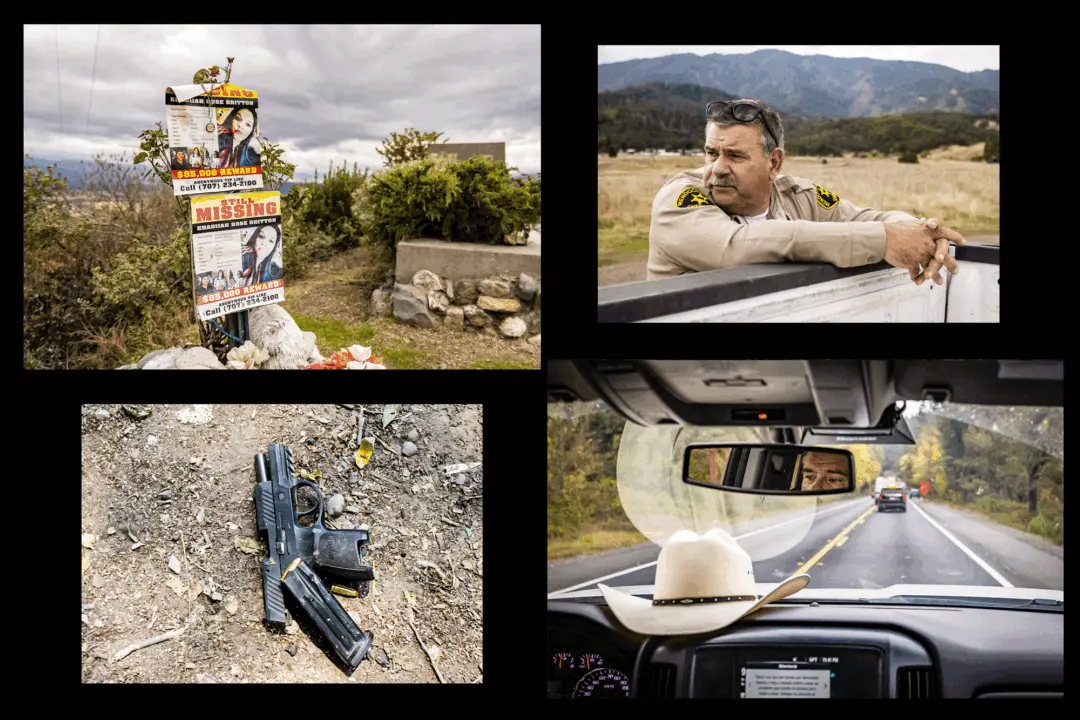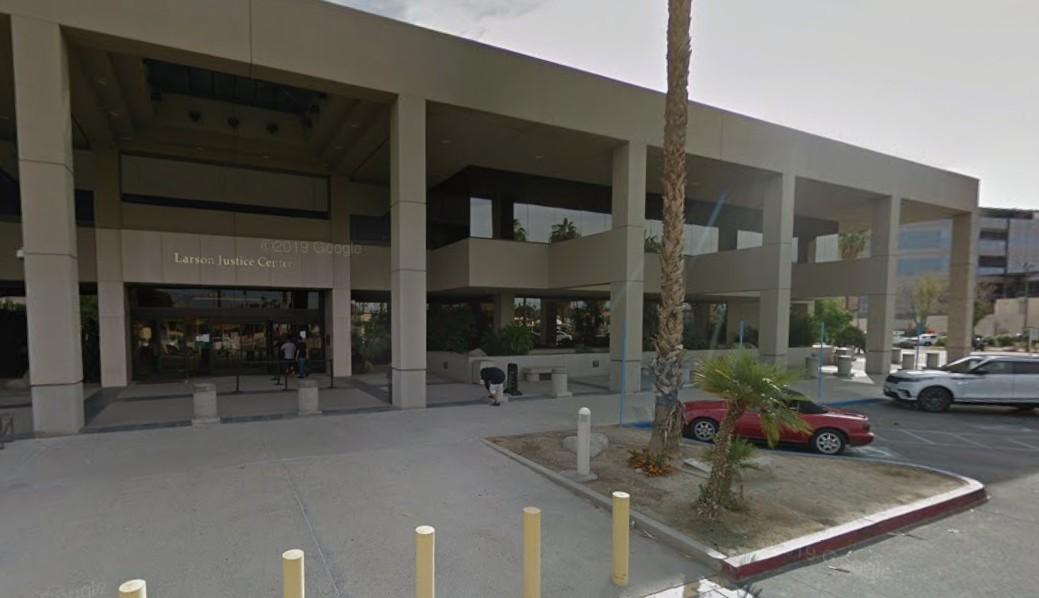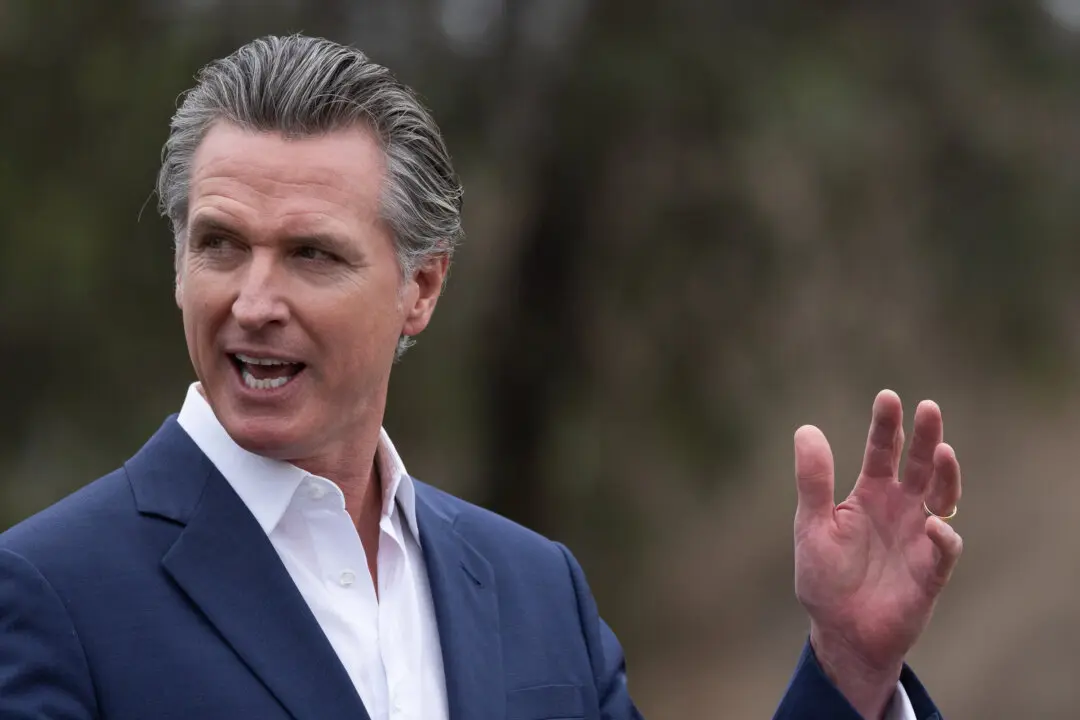A high school teacher in Salinas Valley has quit her job and moved out of state over what she called “leftist indoctrination” of students in California classrooms through “ethnic studies” programs.
Kali Fontanilla, 39, told The Epoch Times that she taught in the state for about 15 years, but left her teaching position at Rancho San Juan High School in Salinas, California, and moved to Florida this year after being threatened and bullied on social media for opposing critical race theory (CRT) components in the ethnic studies program and denouncing the group Black Lives Matter (BLM).





